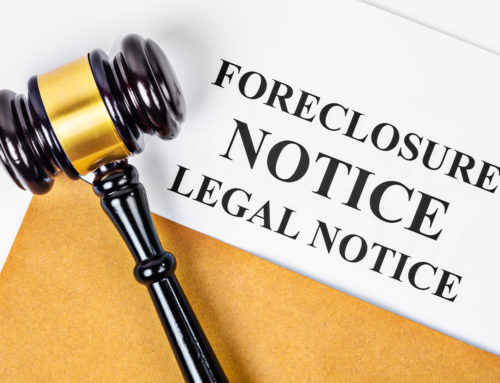THE STANDARD APPROACH IN NEW YORK
- Upon default, a ninety (90) day notice is sent to the homeowner as required by NY RPAPL 1304.
- File sent to foreclosure counsel.
- Foreclosure counsel requests scheduling of a mandatory settlement conference required by CPLR 3408.
- Foreclosure counsel requires the homeowner to complete financial forms to determine their “eligibility” for a deed in lieu of foreclosure.
- Title search obtained to ensure there are no subordinate liens encumbering the mortgaged premises.
THE DELAY
Even if a deed in lieu is accepted, there will be a substantial delay before the deed is obtained.
Ninety Day Notice
3 Months
Filing Summons and Complaint
1 Month
Serving Summons and Complaint
1-2 Months
Time to Answer
1 Month
Mandatory Settlement Conference(s)
3-12 Months
Completion of Financial Forms
1-2 Months
Total Delay
10-21 Months
ADDITIONAL PROBLEMS
- HOMEOWNER FEAR: Failure to disclose assets for fear lender will pursue a deficiency judgment.
- HOMEOWNER INTIMIDATION: Failure or procrastination in completing financial forms resulting in numerous requests for adjournments of mandatory settlement conferences.
- OUTDATED DOCUMENTS: By the time lender obtains all financial documentation, the initial documentation has expired and/or become outdated, creating frustration for all parties.
- SUBORDINATE LIENS: Homeowner ineligibility when subordinate liens encumber the property.
THE RESULT
- Deed in Lieu not obtained.
- Delayed foreclosure action (1 year or more) and ultimately requiring an eviction proceeding.
- Court frustration at lender’s refusal to resolve the foreclosure, resulting in sanctions for “failure to negotiate in good faith”
THE IRONY
- LENDER REFUSAL: Some lenders refuse to release the homeowner from personal liability in exchange for a deed in lieu, but still fail to pursue a deficiency judgment upon completion of the foreclosure action.
- COST EFFECTIVENESS: Most lenders do not pursue deficiency judgments because they are not cost effective.
- ADDITIONAL COSTS: Typically foreclosure attorneys do not accept contingency fees to obtain and collect deficiency judgments, resulting in additional costs to the lender.
- TIME CONSTRAINTS: Since deficiency judgments must be made within ninety (90) days of the foreclosure sale, there is not enough time to transfer the file to a collection attorney working on a contingency basis.
THE SOLUTION
- Immediately upon a homeowner’s default, a lender can offer a release of liability if it can determine from the outset, that a deficiency judgment will not be pursued.
- Lender, or its foreclosure attorney, can send a letter offering to release the homeowner from personal liability in exchange for a deed in lieu, emphasizing, “NO QUESTIONS ASKED” and “NO FINANCIAL STATEMENTS REQUIRED.”
THE BENEFITS
- SAVE COSTS: Obtaining a deed at the start of the foreclosure action will save years of real estate taxes, insurance, interest, legal fees and costs.
- COURT APPROVAL: Courts will perceive the lender as having negotiated in good faith by offering the release of personal liability in exchange for a deed in lieu.
Even when the foreclosure process must be completed, in order to extinguish subordinate liens, there are still substantial benefits to obtaining a deed:
- No mandatory settlement conference requirement.
- No delays caused by homeowner litigation.
- No delays caused by homeowner bankruptcy filing.
- REO Marketing can begin while the foreclosure is in process.
AVOIDING MERGER
- Non-merger language should always be included in the deed in lieu.
- In order to preserve the mortgage lien.
- To enable the Lender to complete the foreclosure should any intervening liens need to extinguished.
- Alternatively, the deed may be conveyed to a third party entity, which may be lender’s subsidiary or affiliated entity.
CONCLUSION
- Lender should confirm at the outset that a deficiency judgment will not be pursued.
- Lender should offer a release of personal liability to the homeowners in exchange for a deed in lieu.
- A letter emphasizing that no financial forms or other requirements are needed should be sent by the lender or its counsel at the beginning of the foreclosure process.




